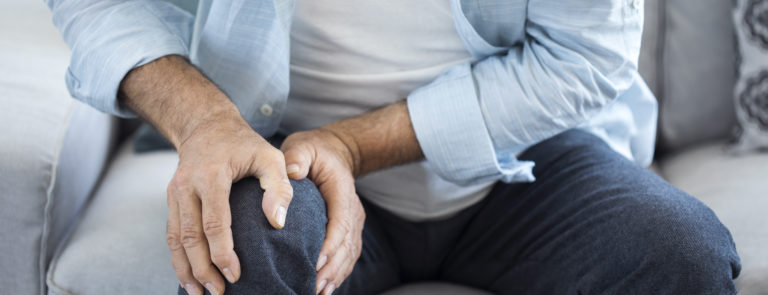15% off £30 OR 20% off £40
Bunions: Treatment & prevention
.png)
Many people believe they are caused by tottering around in high heels.
But the fact is, those stilettos may not totally be to blame for that unwelcome bump near your big toe.
Read on to discover the most common symptoms and causes of these joint deformities along with advice on how to treat them.
What is a bunion?
Bunions are bony lumps that appear on the side of feet, usually by your big toe.1
How do bunions form?
Bunions form when the joint at the base of your big toe (called the first metatarsophalangeal joint, or MTP joint) drifts outwards, and the big toe itself begins to point inwards towards the other toes.2
This leaves a visible bump on the edge of your big toe joint, which can make fitting into your shoes a challenge. The area may also be painful.
This bump is primarily caused by the MTP bone protruding, but also by the soft tissue surrounding the joint thickening and swelling. Fluid also builds up around the area, increasing its size.3
Sometimes, a bunion can develop on the other side of the foot at the joint where the little toe meets the foot. This is known as a bunionette.
Severe untreated bunions can cause crowding or overlapping of the other toes, known as hammer toes.
We take a look at some of the main causes of bunions – and share our tips on bunion prevention.
-
Genetics
You might have noticed an older family member with the tell-tale prominent toe joint and wondered, ‘are bunions hereditary?’
Unfortunately, the leading cause of bunions is your genes. This is because the shape of your foot is passed down in your DNA.
If that particular foot type is prone to bunion formation– for instance flat feet – you’ll be at risk of developing them too if you don’t take care of your feet.4
-
Footwear
Bad news for fans of elegant footwear, wearing the wrong shoes for your feet is probably the leading bunions cause beyond genetics.
Bunions are more common in women, which is thought to be because of the more restrictive nature of some women’s footwear.
High heels force the foot forward and down into the toe of the shoe, squeezing the toes together unnaturally into a triangle shape.
Even if you’ve never worn high heels in your life, other shoe types can also lead to bunion formation over time.
Pointy shoes, narrow pumps or even rigid men’s dress shoes push the big toe over towards the little toes and create the right environment for a bunion to form.
If you continue to wear such footwear, the bunion will get worse. The bump will rub on tight shoes, causing swelling and thickening of the skin over the MTP joint and increasing the size of the bunion.
In some cases, the fluid-filled sacs (the bursae) which cushion the MTP joint can become inflamed and red. This is known as bursitis and is a complication of untreated bunions.
-
Rheumatoid arthritis or osteoarthritis
Rheumatoid arthritis is a condition where your joints can become inflamed, stiff painful.
Osteoarthritis is when the cartilage between joints wears down over time, becoming swollen and stiff.
Both types of arthritis can affect the big toe and make those who experience it more susceptible to developing bunions.
This is because inflammation and swelling can cause the joints to move.
Changes to the joint caused by either hard or soft tissue damage can cause the MTP joint to drift outwards, forming a bunion.5
What are common bunion symptoms?
The first sign of a bunion forming is when your big toe angles towards the second toe.6
As the big toe bends, the bone pushes out to the side. It then sticks out and rubs on your shoe, making finding shoes that fit properly a struggle.
The skin on and around the bunion may become sore and callused. You may also experience swelling and pain near the joint in your big toe, especially when wearing shoes.
Do only older people get bunions?
Bunions usually form in adulthood.
Wearing tight, high or pointy shoes can hasten the onset of a bunion and they have been seen in adults from their late 20’s onwards. Usually, though, they develop later.
Some women report developing bunions after pregnancy.
More rarely, children develop bunions, usually as a result of hereditary ‘over-pronated’ feet.6
Is there a bunion cure?
Yes and no. Bunions can be managed through various practical methods, including surgery if less invasive methods have not improved your bunions.
How can you avoid getting bunions on your feet?
If bunions run in your family, there’s no harm in getting your feet checked out sooner rather than later.
Your GP can refer you to a chiropodist but you may need to go private if you’re not displaying any signs of having bunions yet.
If you currently do a lot of running, you may be better off cutting down and doing a low-impact form of exercise instead.
Investing in some custom orthotic insoles to use when running (and going about your day to day life) can help reduce your risk of developing bunions too.
Bunion treatment
If you have bunions, you don’t need to just accept the pain and discomfort they cause as there are things you can try.
-
Ice and paracetamol
Wrapping some ice in a tea towel and applying it to your bunions can bring temporary relief but you might want to take some paracetamol too.
-
Wear shoes that fit properly
Say goodbye to stilettos and instead wear shoes that are flat or only have a low heel.
Wear shoes that fit and aren’t too narrow.
Canvas shoes or soft leather shoes are preferable over stiff leather or plastic patent materials.
Make sure there’s enough room in the toe area for your toes to all make good contact with the sole of the shoe.
-
Bunion pads and plasters
You can pick these up from any pharmacy or supermarket.
Stick them over your bunions and they’ll stop any rubbing when you’re wearing shoes.
-
Orthotics insoles
These fit inside your shoes and are designed to help the bones in your feet move into the right position, which should stop your bunions from throbbing as much.
However, they do take up room in your shoes so you’ll probably need wide-fitting shoes for them to fit comfortably.
Bunion surgery
If you want to get rid of your bunions permanently, surgery is the only option. Doctors will only usually suggest surgery if you’re in a great deal of pain and if the non-surgical treatments listed above haven’t worked.
There are over 150 different types of bunion surgery but the most common involve cutting out the bunion, removing bones from the surrounding toes and inserting screws, wires or pins to hold everything together.7
Recovery can take three or more months and you’ll be immobile for most of this time as your feet will be swollen and you’ll need to keep them raised.
Bunion surgery is successful for around 80% of people but there can be complications for 1 in 10.
You may still be left in pain, your bunions could come back and you might need further surgery.
Last updated: 15 September 2021
- https://www.nhs.uk/conditions/bunions/
- https://www.foothealthfacts.org/conditions/bunions
- https://www.nhs.uk/conditions/bunions/
- https://www.nhsinform.scot/illnesses-and-conditions/muscle-bone-and-joints/conditions/bunion-hallux-valgus
- https://www.mayoclinic.org/diseases-conditions/bunions/symptoms-causes/syc-20354799
- https://www.bupa.co.uk/health-information/muscles-bones-joints/bunions
- https://www.bupa.co.uk/health-information/muscles-bones-joints/bunion-surgery




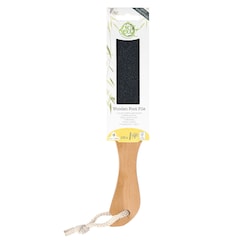

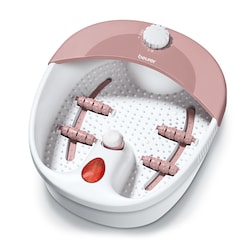
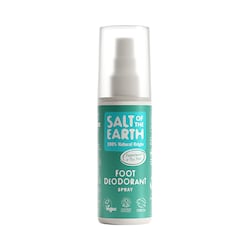

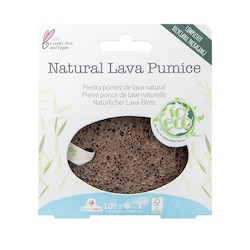
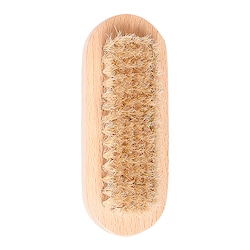

.png)
